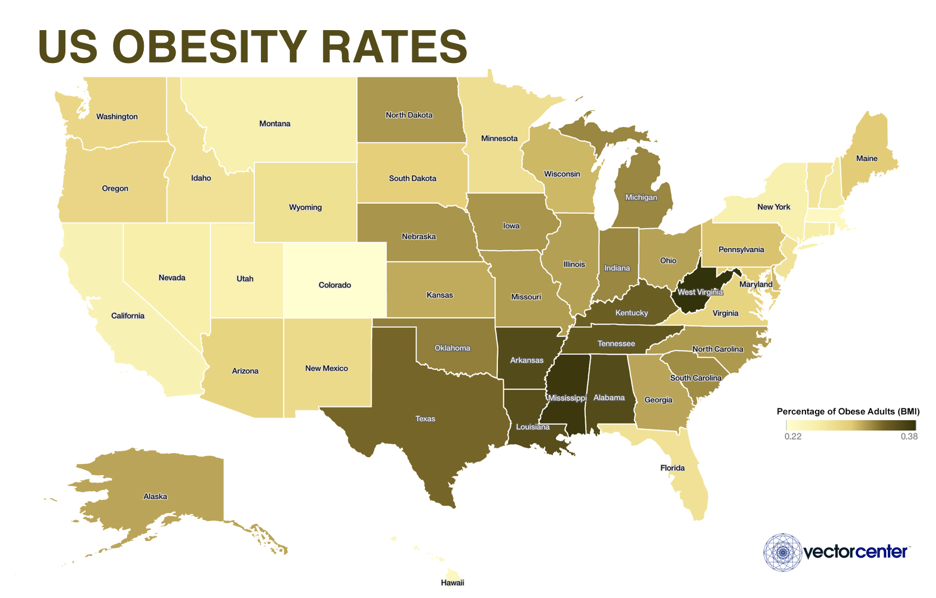
This is Part One of three articles detailing an original research project created by Vector Center for Less Cancer’s National Cancer Prevention Day Workshop.
What increases your risk of getting cancer? Is perception aligned with reality?
This is a year when evidence-based science has come under attack in Washington, “fake news” is a new household term, and we have seen complex social media strategies planting articles to sway public opinion in politics. More often than not, we see gaps between perception and reality. Recognizing these gaps creates opportunities for course correction.
Obesity
Evidence-based science tells us that obesity is a cancer risk factor. Obesity is the second leading preventable cause of cancer, second only to smoking tobacco. Obesity increases risk of 13 types of cancer and is responsible for 20% of new cancers, reports the International Agency for Research on Cancer (IARC) division of the World Health Organization. Obesity also impacts survivorship for those with cancer.
Looking at the CDC 2016 obesity data, the heaviest states, West Virginia has the highest obesity rate at 38%. Other heavy states include the South from Kentucky to Texas. If the trend of current obesity rates in the US continues, will have a predicted 500,000 new cases of cancer with a causal link to obesity by 2030.

U.S. Obesity Rates 2016, source CDC. (Link: https://www.cdc.gov/obesity/data/prevalence-maps.html)
Yet, according to a National Cancer Opinion Survey dated October 2017 by the American Society of Clinical Oncology (ASCO), only 31% of Americans perceive obesity to be linked to cancer.
Using Vector Center analytics, powered by artificial intelligence (AI), we have compared state obesity rates to people’s perception of obesity and cancer. Vector Center analyzed millions upon millions of media and social media postings from January 2016 to the present to determine whether people associate obesity and cancer.

Vector Center Perception Reality Engine(TM) analytics show that West Virginia, the heaviest state, has few conversations linking obesity to cancer. This is true for most of the heaviest states, apart from Texas. The states having the most conversations discussing obesity as a cancer risk are California and New York — two of the lightest states. Perception is not aligned with reality. There is a disconnect in getting the obesity risk message to those who need it most.
The future in cancer prevention will include harnessing the Fourth Industrial Revolution (4IR) power of big data analytics to organize and bring together what has often been compartmentalized data. We now have the technology to monitor in real-time the effectiveness of public education campaigns to see if the message is getting to those who need it, and we can analyze effectiveness and sentiment for word choice and other factors to determine whether messaging is being understood. By having real-time data, as opposed to a report 3 months later on how a public education campaign faired, we are nimble and able to course correct mid-stream to increase impact and effectiveness. Certainly, the future in cancer prevention critically relies on effective communication of evidence-based science.
Stay tuned for Part 2…
Vector Center provides decision-grade intelligence in real-time to manage business disruptions. Our unique Perception Reality EngineTM technology uses AI to analyze millions of reality, perception and context data points in real-time to provide insights and strategies for business growth and course correction at the intersection of water, food and energy.

Leave A Comment
You must be logged in to post a comment.